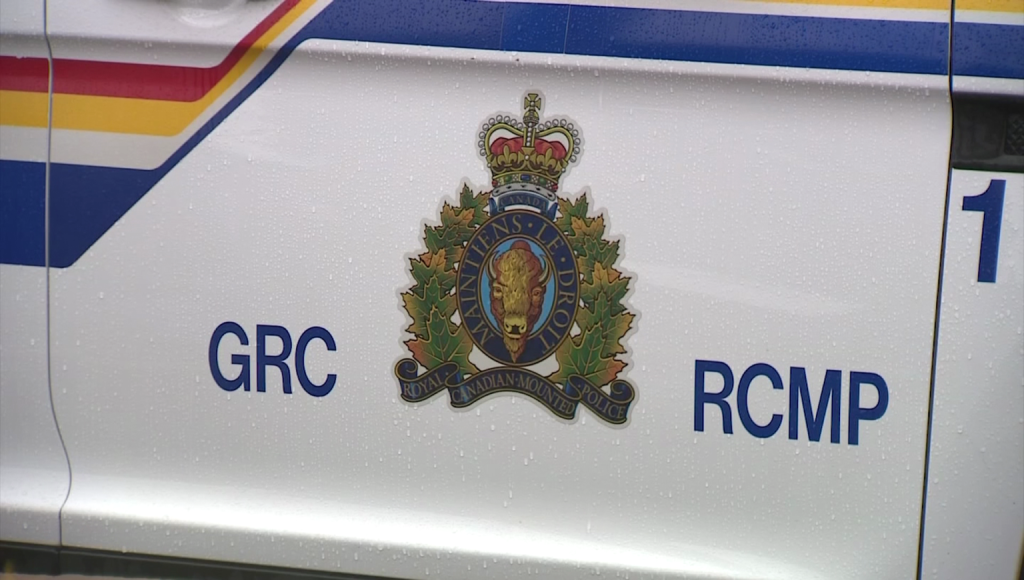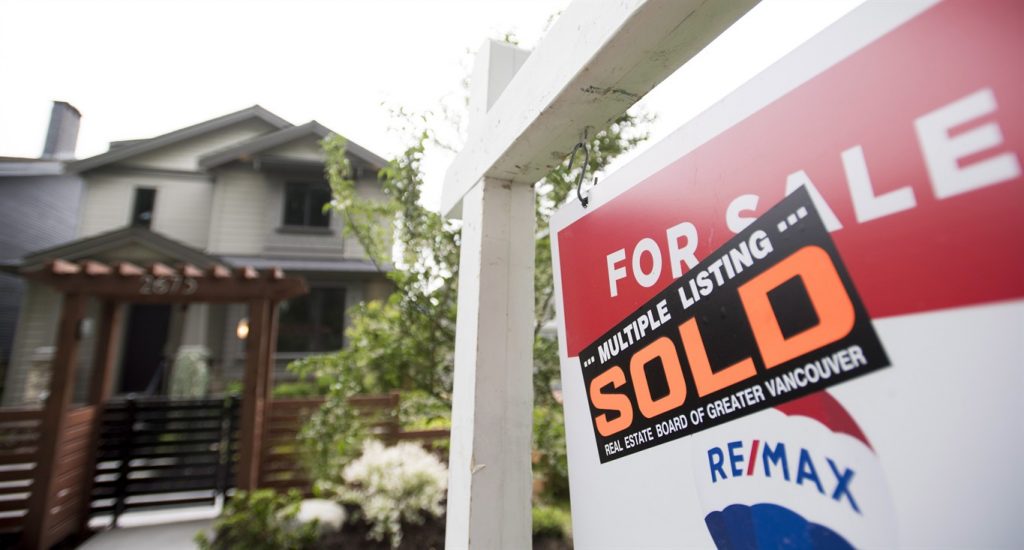The Big Story: How ‘Unfounded’ shook the foundation of Canadian policing
Posted August 8, 2018 9:04 am.
Last Updated August 8, 2018 9:18 am.
This article is more than 5 years old.
In February 2017, The Globe and Mail revealed that one in five sex assault allegations in Canada was being dismissed as “unfounded” — meaning police believed no crime was committed.
Since the Unfounded series was released, rates across the country have seen double digit declines. What was it about this investigation that worked?
Robyn Doolittle is the reporter behind the series. In today’s “Big Story” podcast, she shares what went into the project, and how she believes it’s sparked a genuine desire for change.
‘Unfounded’ is a complicated word to explain
“When police do an investigation, they give the case a code when they go to close it. It’s for statistical purposes. They use a code for ‘we charged someone’ or ‘the suspect died’ or ‘this person has diplomatic immunity’… one of those codes means ‘this crime did not occur.’ That’s ‘unfounded.'”
Doolittle explains when a case is thrown in to the ‘unfounded’ bin, it is no longer considered a valid investigation. “Police remove it from their statistics. ‘We had 100 sexual assault complaints. Twenty were unfounded. So, we’re only saying we had 80 sexual assault complaints.'”
Her investigation found police were dismissing one in every five complaints as unfounded.
“That’s 19.39 per cent,” she says. “The false reporting rate is between two and eight per cent. The unfounded rate in the States is around seven per cent. So, our rate was way, way, way high. It was disproportionally dismissing sexual assaults over other types of crimes.”
The notes the 19 per-cent figure is the average. “There were police services that had 30, 40, 50 per cent. St. John, New Brunswick had a 51 per cent unfounded rate. Lots of towns in Ontario had 30 per cent unfounded rates.”
You can hear the full episode and subscribe to The Big Story podcast on iTunes or Google Play.
You can also hear it online at thebigstorypodcast.ca.
She notes her investigation was about how police handle sexual assault cases. “Getting this unfounded data point was sort of the lowest of low-hanging fruit, in order to show that sexual assaults were not being treated as seriously as other cases.”
Doolittle says the average unfounded rate is now 14 per cent. “That’s a five per cent drop, which is really significant because when a case is unfounded, it doesn’t count. We also saw, at the same time, the rate of overall sexual assault reports jumped by 13 per cent, which gives us a clearer picture of the rate that women are actually reporting sexual assault.”
Why are cases being deemed ‘unfounded?’
“I looked into 54 specific cases and one really interesting thing that I found was it almost was irrelevant whether a case ended up unfounded or not. The mistakes were across the board — even cases that went to court,” says Doolittle.
She points out a key error revolved around the understanding of an affirmative consent standard in Canada.
“You don’t have to say ‘no’ for it to be rape. You don’t have to fight back for it to be rate. You have to indicate ‘yes,’ and police did not seem to know this. It was a mass confusion around consent laws. We have a law where if you are incapacitated because you’re really drunk or unconscious, you can’t consent. Now, trying to figure out what crosses into incapacitated versus really drunk is really complicated. But police were not investigating that avenue.
“They weren’t trying to see, ‘How much did she have to drink? Let’s go back and get the bar bill.’ I was finding things like police would make determinations on cases before interviewing witnesses. They were not collecting security footage that could have been helpful to the case. They were misinterpreting blood alcohol levels. They were closing a case because [a woman] did not get a sexual assault examination done, so we don’t know. But the guy is not denying that they had sex — so that’s an irrelevant detail. This is about consent.”
Creation of ‘unfounded’ data look-up tool
“We collected all this data and there’s 177 police services in the country. There’s around 1,100 jurisdictions. We can’t write about every single one of them. But we made this data look-up tool so anyone in the country could go online and look up their unfounded rate.”
She says local media outlets could easily use that tool to cover the story for their regions.
“I had Google Alerts set up to my investigation and in the days after, I was just getting dozens of ‘ping ping pings’ of local media, writing about it and local police chiefs commenting.”
She thinks that’s what started the change.
Doolittle says in the months before the story ran, she sent all the police services a breakdown of what was in it, and gave them the opportunity to comment. “Almost none responded. I think I got 10 police services in the country that gave me an actual answer. It kind of felt like a ‘screw you’ situation.”
“After the story ran, I was having police chiefs call me and saying, ‘I’m sorry we didn’t give you the data. Can you please put it in your look-up tool because we are just getting hammered at home.’ It was really the local markets that did the accountability — holding their feet to the fire — in the early days.”
At the end of the year, she and her team went back to police services to see whether anything had actually changed since her story ran. “We went back to every single one and then we put all those answers in the look-up tool… by the time we were doing that at the end of the year, the police were very happy to participate in the series.”
“I have found that since the series ran, by and large, the desire to do better is real.”










